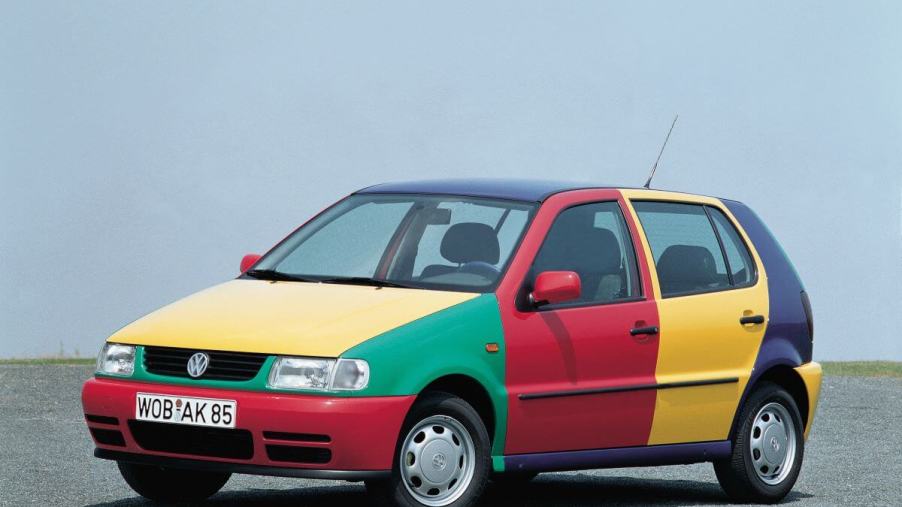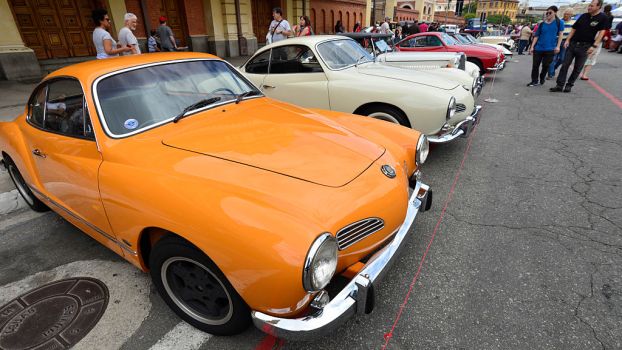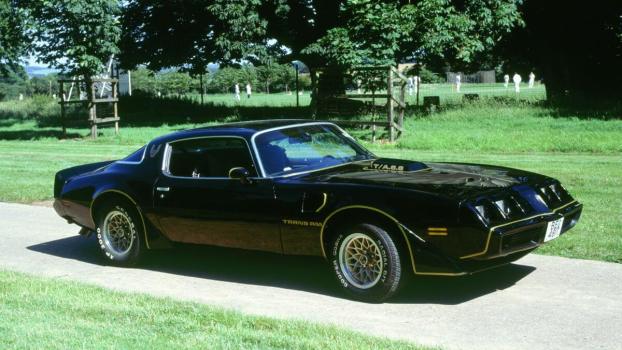
What Is Volkswagen’s Harlequin Car, and How Did It Start?
You may look at it with a furrowed brow, wondering why Volkswagen would ever build the Harlequin, a multi-colored car. In truth, what started as a small promotional stunt spiraled into an art form that sticks out among today’s drab car colors. So, how did this strange color combo even begin?
The history of the Volkswagen Harlequin
For starters, Volkswagen never meant for the Harlequin’s influence to reach the states. The idea behind the car came from a 1964 VW Beetle advertisement. The vehicle had multiple colored panels, advertising easily interchangeable parts. In 1995, Volkswagen of Europe celebrated the launch of the Polo city car by giving it a mixed paint scheme using the four base colors.
The four colors used on Harlequin cars were Pistachio Green, Ginster Yellow, Tornado Red, and Chagall Blue. Originally destined for a 1,000-unit production run, Volkswagen managed to make 3,100 units for Europe due to higher than anticipated demand. That gave VW enough reason to manufacture some Harlequin Golfs in North America.
That said, while demand for Harlequin Volkswagen Golfs was intense, it was also small. Only 264 Harlequin Golfs were built for the states. However, even at over 25 years old, the car still fetches high sales prices due to its rarity.
Fun facts about the VW Harlequin
The Volkswagen Harlequin is an incredibly quirky car, but there are a few interesting tidbits you may not have known about it. For starters, there is a way to determine the car’s original base color. If you look at the roof, rocker panels, and C-pillar, that’ll tell you whether the car was originally red, yellow, green, or blue.
Additionally, whatever base color the Golf had would determine what color the other parts were. The Truth About Cars explains that if the base color was red, the front doors were yellow, the rear doors were green, and the front grille was blue. However, this was only true for the 264 cars sold in North America. European VW Polos all came in the same configuration.
There’s even a registry created by a Volkswagen Golf Harlequin enthusiast, Ross Cupples, where you can find these Harlequins in America. VW brought the Harlequin paint job back for 2021, too, though, unfortunately, that was a one-of-one example.
Now, only one question remains: were these Harlequin cars even successful?
Selling Harlequin models was nearly impossible
Despite their strange color scheme and fun personality, Volkswagen Harlequins sold poorly in the States. Yes, 264 cars were made, which gave every VW dealer, at max, two Harlequins a piece. However, the dealerships that got zero units were lucky.
The Harlequin sold poorly in the states, only known by a select few, Ross included. Even with their use at the 1996 Olympic games, some Harlequins were taken back to a shop and then rearranged to match the original color.
Still, that doesn’t make these odd cars any less special. After all, it takes gumption to push the boundaries of what a car can be. Volkswagen tried something, and it went OK, leaving us with a surreal and strange little hatchback. One with more character than any new car on the road today.




